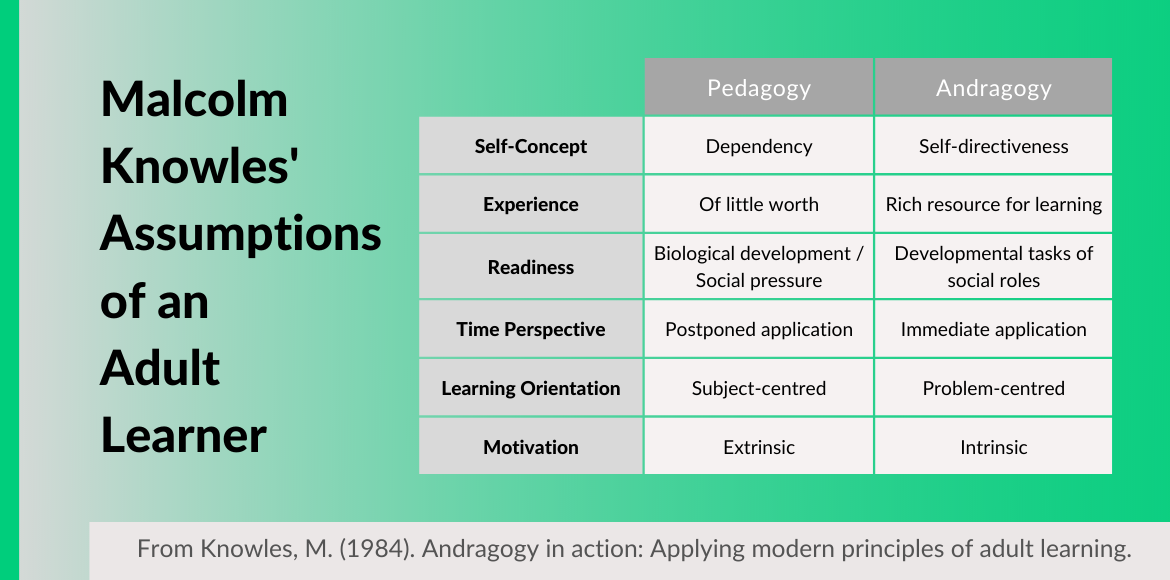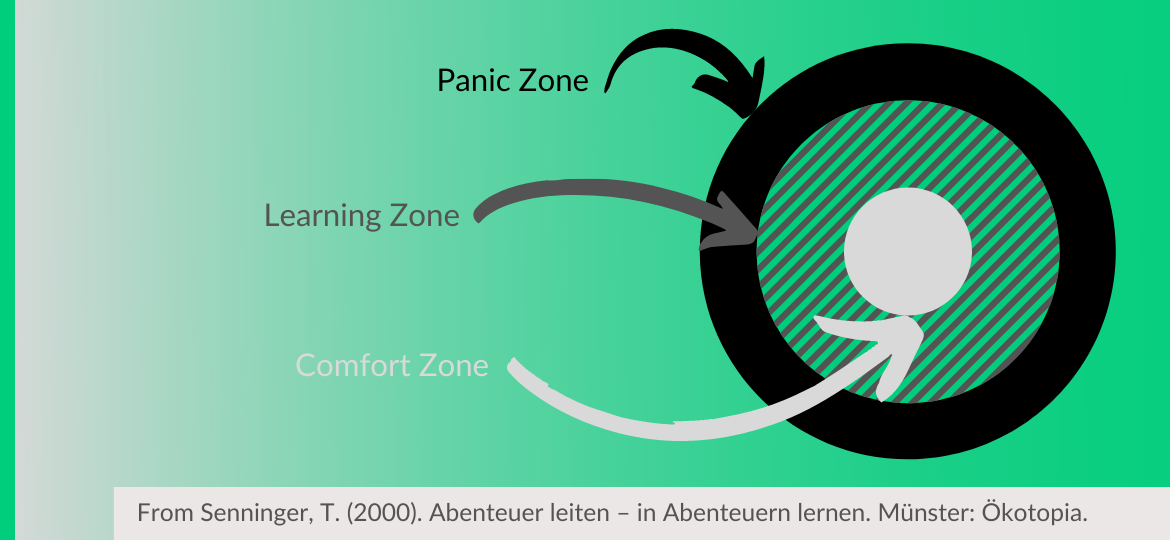
Learning can be a very personal and rather subjective experience, and the more research is conducted regarding learners’ needs, the more we realise how differently learners receive and process new information. Personal attributes and qualities play a vital role in enabling learning across different modalities. However, regardless of our individual preferences and tendencies, course design and various curricula can promote profound, life-long learning by adopting and adhering to different learning principles.
Student-Centred Teaching and Learning
Traditional teaching approaches and methodologies regarded teachers as the sole providers of knowledge and attributed more linear and didactic properties to learning. Teaching methods have gradually developed to encourage a learner-centred approach that places emphasis on students’ motivation and involvement in learning. Rather than simply absorbing knowledge shared by the teacher, students are active participants in the learning process. Moreover, student-centred classrooms offer more flexible learning modes that cater to different learning styles and learner types. This approach urges student reflection and successfully engages learners in a two-way rapport with their teachers as well as their peers.
As opposed to teacher-centred classrooms, learner-centred teaching provides guidance rather than instruction. Teachers often ask open-ended questions to promote independent critical thinking and include many collaborative activities to foster peer learning. In general, student-centred curriculums are more thematic and inclusive constantly appealing to student interests and preferences.
Retrieved from: TEAL Center Fact Sheet No. 6: Student-Centered Learning on March 3, 2022.
Andragogy
Most people might be more familiar with the term ‘pedagogy’ which refers to the teaching of children. In contrast, andragogy refers to “the art and science of helping adults learn”, derived from the Greek (andras) man and (agogos) leader (Malcolm Knowles, 1980).
Adult learners like to have a purpose for everything they learn and prefer to learn something that is both applicable and relevant to them. And since adults are involved in many other different professional and mentally draining activities, they enjoy the flexibility of being able to learn at their own pace.
While the most glaring difference between young and adult learners may be their independence, Knowles also listed six learner assumptions that differ greatly depending on the age of the learner.

Types of Learner Engagement
Another central principle that can hugely influence learning outcomes is learner engagement. Students might be involved in the material they are learning in more than one way. Though personal interest, clarity, purpose, and relatability can all play a role in motivating or demotivating a learner, retention and understanding will rely, among other things, on that student’s levels of engagement.
Behavioural engagement
When learners are behaviourally engaged, they are committed. They display behaviours that fall in line with classroom or course expectations like active participation, respecting due dates, and being attentive.
Emotional engagement
Students tend to be emotionally engaged when they relate to the content being taught, when they find the material exciting, and when they value the skills and knowledge they are gaining. Emotional engagement also motivates student to persevere when faced with challenges.
Cognitive engagement
Cognitive engagement is associated with deep learning and requires effort. Students who are cognitively engaged will attempt to approach a concept or problem from multiple angles, engaging with the content to achieve their learning goals.
Retrieved from: Center for Innovation in Teaching and Learning on March 3, 2022.

Senninger’s Learning Zone Model
Senninger’s model suggests that learning occurs outside any learner’s comfort zone and that we are ultimately most alert and receptive when we step out of that zone and into – what he defined as – the learning zone. If we become too uncomfortable, we might eventually move into the debilitating panic zone, where fear dominates, and learning opportunities vanish. Each learner’s zones are different, their thresholds vary, and their comfort, stamina, and triggers are influenced by different factors.
At Knowledge E, we always design and customise our courses based on similar, evidence-based learning principles. Our course leaders act as facilitators of knowledge rather than simply being providers of knowledge. For all our Training and Consulting courses at Knowledge E, learning and knowledge exchange occur in a cyclical manner, allowing learners to gain from one another’s experiences. We strongly believe that any effective educational or developmental programme needs to touch on all three types of learner engagement in order to be truly successful.
Learn more about our “profound, practical, and powerful” training programmes.



